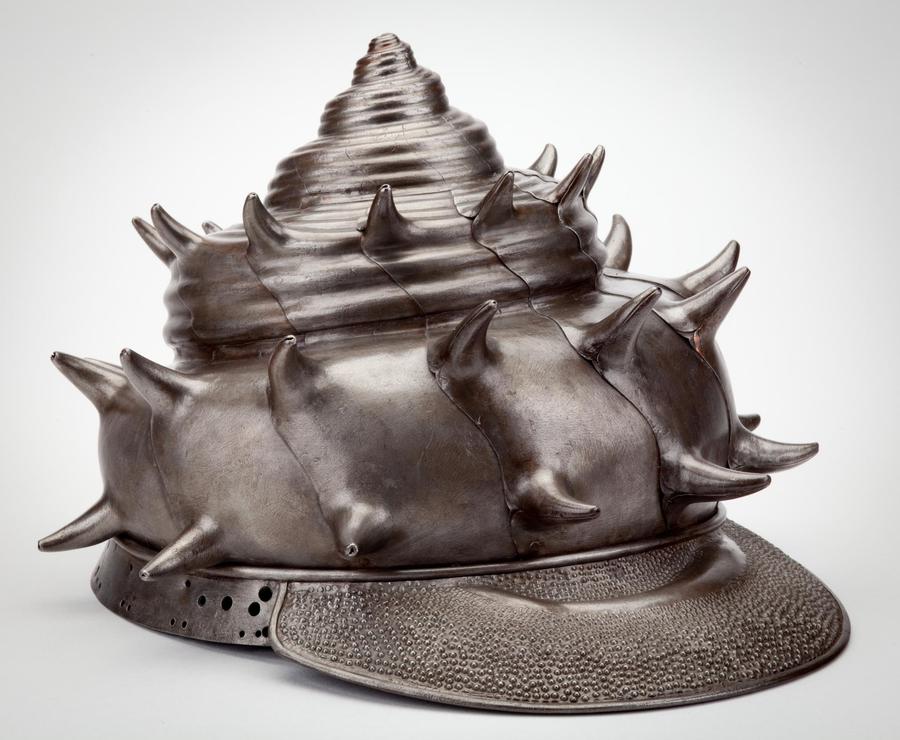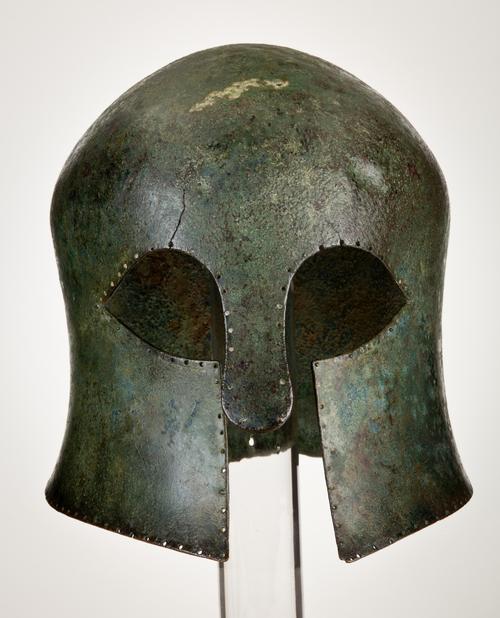Major Traveling Exhibition Debuting At Toledo Museum of Art Showcases Exceptional Arms and Armor
- August 13, 2021 18:52

The image of the knight in shining armor is familiar from fairy tales, films and games, but what was the reality behind the myth? Armor is as old as human civilization and has taken many forms and served many purposes through the ages. A new exhibition explores armor made for the battlefield, tournaments and ceremonies, highlighting armor’s practical function, and its cultural role as a symbol of personal identity, social prestige and the values of a heroic past. The Age of Armor: Treasures from the Higgins Armory Collection at the Worcester Art Museum presents European suits of armor from one of the most important and largest collections of the material in the U.S. The exhibition of more than 80 works focuses on the development and history of the classic knightly suit of plate armor, which was used from the mid-1300s to the mid-1600s, as well as how armor has been used in various forms around the globe, from antiquity to the modern era.

The Age of Armor: Treasures from the Higgins Armory Collection at the Worcester Art Museum is curated by Jeffrey Forgeng, The Higgins Curator of Arms & Armor and Medieval Art at WAM. The exhibition is co-curated at Toledo Museum of Art by Diane Wright, TMA’s senior curator of glass and contemporary craft, and Sophie Ong, the Museum’s Hirsch curatorial fellow.
The exhibition premieres in the Toledo Museum of Art’s Levis Gallery from Nov. 6, 2021,through Feb. 27, 2022, before a national tour. Tickets are required for entry to the exhibition. TMA members receive free admission.
“There are few opportunities for a museum in the United States to exhibit European arms and armor, and TMA looks forward to bringing this exceptional group of objects from the Higgins Armory Collection at the Worcester Art Museum to our community,” said Wright. “With outstanding examples extending from the warriors of ancient Greek legends to the knights of the Middle Ages, this exhibition offers a tremendous opportunity for visitors to take a step back in time and explore the expert craftsmanship and many uses of some of the most significant arms and armor still in existence.”
“The Age of Armor will be the first major exhibition at TMA to celebrate the industry and artistry of the armorer’s craft from antiquity to the advent of the modern age,” added Ong. “We are honored to share the extraordinary arms and armor from the Higgins Armory Collection with our audiences in Toledo and spotlight armor’s pivotal function in social and political life, in addition to its martial role.”
The comprehensive exhibition narrates the story of how armor evolved, how it was constructed and how it has impacted our cultural memory. The Age of Armor begins by inviting viewers to trace the progressive use of metals such as bronze, iron and steel for armor and weapons from ancient Egypt to ancient Greece and the time of the legendary Trojan War, when the increased importance of the foot-soldier coupled with the emergence of democracy. The exhibition continues into the Middle Ages, when knights with expensive iron coats of mail, as well as swords, lances and horses came to dominate the battlefield. For better protection, knights were soon to be covered from head to toe in suits of plate armor ultimately generating the popular and nostalgic image of the chivalrous knight in shining armor. Armorers transformed steel plates into elaborate and refined versions of civilian clothing as well as fantastical, highly decorated fashion statements. At the same time, however, armor began to lose ground against firearms.
The exhibition also examines the complex and specialized craft of armor-making and decorating, one of the most industrialized and innovative processes of its day. In addition to objects from Europe, the Higgins Collection holds examples of armor from around the world. Armor from Asia, Africa and the Indian subcontinent will be on display to connect and contrast with their European counterparts. The Age of Armor concludes with the decline of armor’s utility and its eventual revival in the modern era, as it continues to exert a powerful hold over our imaginations and as collectibles.

Among the numerous object highlights are a bronze Corinthian helmet from 600-500 B.C.E; Italian and Gothic-style German infantry breastplates from the late 1400s; stylish steel “Maximilian” field armor from about 1525-30; the left gauntlet for Prince (later King) Philip of Spain’s 1549-50 suit of armor known as the Flowers Garniture; a three-quarter field armor probably made for Henry Herbert, second Earl of Pembroke in the 1560s; a 16th-century German mail coat that was exported to the Ottoman Empire and then northern Africa where it was lengthened for better leg protection; muskets and pistols from the 1600s; a flamboyant late feudal Japanese helmet in the form of a sea conch shell dating to 1618; and a russeted steel and gold helmet with mail neck-guard from 19th-century Sudan.
The Age of Armor: Treasures from the Higgins Armory Collection at the Worcester Art Museum was organized by the Worcester Art Museum.














5100x100_c.jpg)




